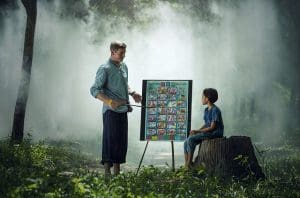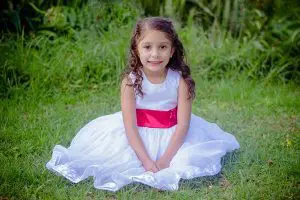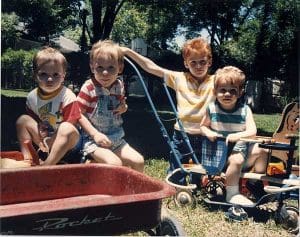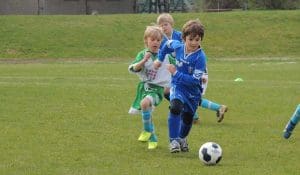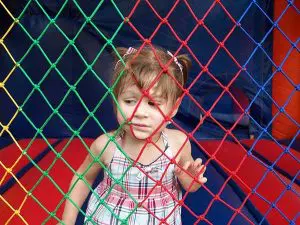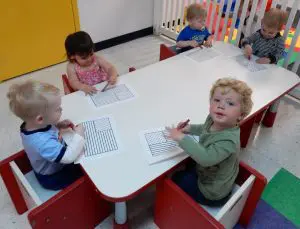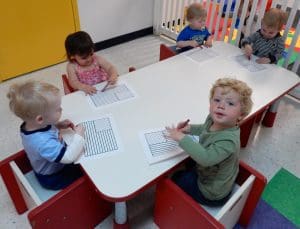The traditional start of school has long been the age of five when a child enters kindergarten. But, research shows that the benefits of early childhood education programs that parents should consider sending children to school at age three. Parents should consider a high-quality, structured preschool in Yardley. We all know that the expectations of kindergartners have increased over time. Remember half-day kindergarten? Nap time? No more!
Read on for the benefits of preschool to your child’s education.
Avoid the Preschool Achievement Gap
Yep – it’s a real thing. Let’s take a deeper look at preschool vs. no preschool statistics. Education experts agree and the research is indisputable. The preschool gap is the difference between children that have attended a high-quality preschool program and those that have not.
It shows that early childhood education is an important part of brain development before the age of five. According to the US Department of Education, 90 percent of the brain’s capacity is established before age five. There’s no better time to feed your child’s brain than now with early childhood education. To avoid the preschool gap, nourish their brain with help from a quality preschool.
The National Education Association reports that children who were in preschool earned $2,000 more per month as adults than children who were not. As adults, preschool attendees were also more likely to own a home and have a successful marriage. They further report that children who did not go to preschool were more likely to repeat a grade or get into legal trouble. Talk about adding to parental pressure!
[Read more…] about Jump-Start Your Child’s Education, Close The Preschool Gap



